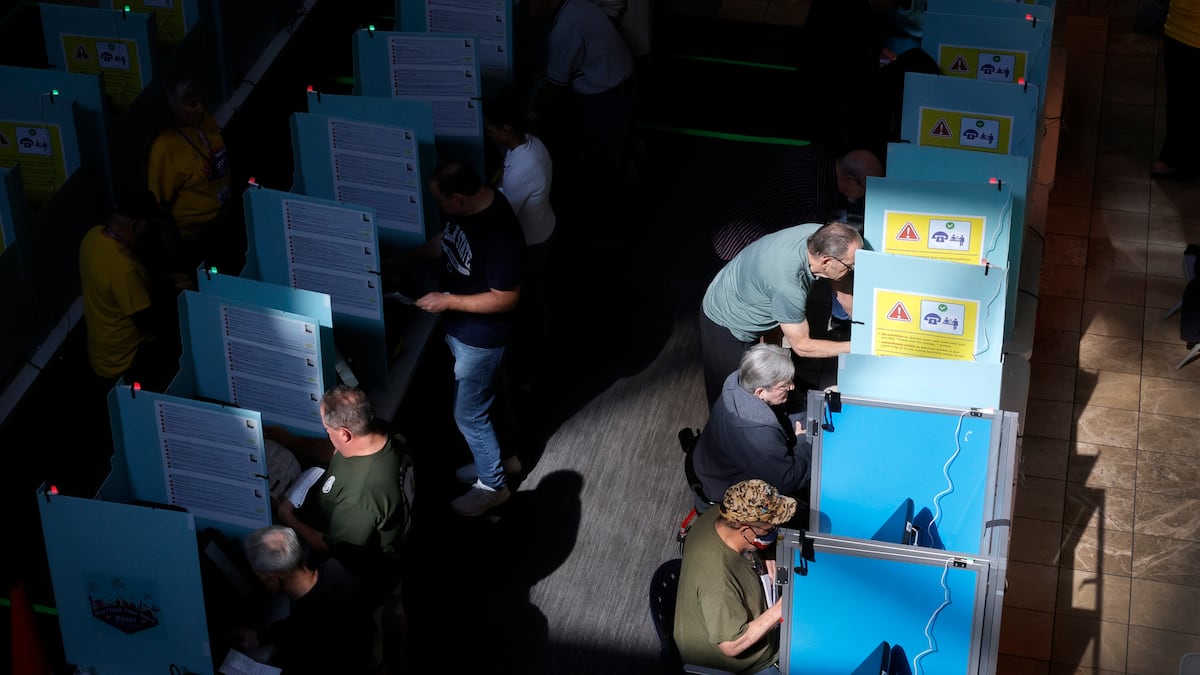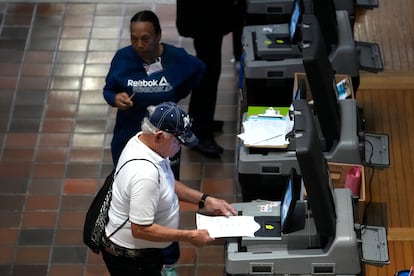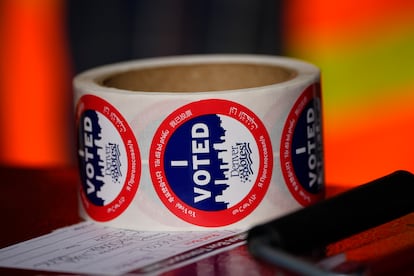United States elections 2024: where to vote, what time voting starts and how to mark the ballot usa elections

With the presidential elections in the United States approaching, millions of Americans are preparing to go to the polls and decide the country’s next leader. Vice President Kamala Harris and Minnesota Governor Tim Walz are facing off against former President Donald Trump and Senator J.D. Vance in a race that most polls show are nearly tied. Voting procedures and rules vary from state to state, but there are some general guidelines and tips that can be followed no matter where citizens go to vote. Below we explain key information for Election Day and how to cast your vote.
where to vote
The place to vote for each person is usually determined by their residential address, and can be found by using their state or county elections office’s website, by visiting Vote.org, or at the United States Election Assistance Commission website Is. In many areas, polling stations are set up in public buildings such as schools, community centers, churches or municipal buildings. It is important to confirm your polling location in advance, as points change from previous years due to school schedules, space availability or other factors. Likewise, it’s important to check your registration status before you go to vote, as some states may have voter ID requirements or other conditions that must be taken into account.
What time do the polls open and close?
Election time in the United States typically runs from dawn to dusk, with many polling stations opening between 6:00 and 8:00 in the morning and closing between 7:00 and 9:00 at night. However, the exact schedule is determined by each state and sometimes even varies by county. For example, polling stations in New York typically open at 6 a.m. and close at 9 p.m., while in California they open at 7 a.m. and close at 8 p.m. If someone is standing in the queue at the closing time of the polling station, he is still entitled to cast his vote, provided he is standing in the queue before the official closing time.

What documents do I need?
Although most states do not require identification, some do. You’ll need to check the voter ID laws of the state you’re voting in to make sure you have certain documents you need. For example, Georgia, Indiana, and Wisconsin require a government-issued photo ID, while others, such as Colorado and Florida, allow voters to present a utility bill or other form of identification. It is always a good idea to have an ID card, even if it is not strictly required by the state.
If someone is registered to vote but is not included in the voter list due to an error, he or she may be given a provisional vote. This ballot allows you to cast a vote, which will be counted when your eligibility is confirmed. Provisional ballot papers ensure that no voter is left out due to administrative issues.
How to mark your ballot
Ballot formats can vary, but these are some of the most common and how they should be filled out:
- Paper Ballot: They are marked manually by filling in an oval or adding a line next to the name of the chosen candidate. It is advised to read the instructions carefully and double-check each mark before sending the ballot paper. In states that use ballots, they are scanned electronically or placed directly into a secure ballot box for later counting.
- Touch screen machines: Many states use electronic touch screens to make voting easier, especially for people with disabilities. If using a touch screen, you will need to confirm your selection on the review screen before finishing. Some machines print a paper record that can be reviewed for accuracy; If it does not match the selected options, you can ask for help from a poll worker.
- Ballot Marking Equipment: Some states use machines that allow the selection to be done electronically and then a ballot is printed that can be sent to be tabulated. You can review your ballot before sending it to make sure it reflects the correct options.
Most ballots will include options for presidential candidates, congressional representatives, and state and local offices, as well as area-specific proposals or measures. Often, to vote on ballot measures, simply checking “Yes” or “No” is sufficient, so it is a good idea to review the selection before moving on to the next section.

common mistakes
It’s easy to make a mistake when filling out a ballot, especially if you’re voting under time pressure. Below are some basic tips to avoid making the wrong choice.
- follow instructions carefully: Different voting systems may have unique rules for marking your ballot, so be sure to fill it out correctly.
- don’t vote too much: Voting for more candidates than allowed in the same category may render your vote invalid for that particular caste.
- Reading election measures twice: Measures can be written in complex ways, so it’s a good idea to read them carefully to make sure your vote matches your intentions.
- stay informed: Avoid bringing campaign material to the polling booth, as this can sometimes be construed as electioneering.
Poll workers can help if the voter has any questions. Most places allow you to request a replacement ballot if a mistake is made with the paper ballot.
after voting
Some states offer real-time tracking of ballots, particularly for absentee or mail-in votes, so that citizens can confirm that their vote has been received and counted.

(TagstoTranslate)US elections(T)United States(T)America(T)Elections(T)Voting(T)Donald Trump(T)Kamala Harris
